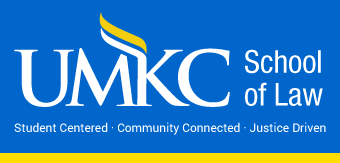Publication Date
2012
Document Type
Article
Abstract
This article examines the pros and cons of naming either a spouse or a trust for a spouse as the beneficiary of a retirement account. It integrates income tax planning with estate planning and recommends arrangements that will produce the best overall outcome.
Rollovers can pose challenges. For couples in a second marriage, there is no way to assure that the surviving spouse will leave any remaining rollover assets to the children of the deceased spouse’s prior marriage. An estate tax problem is that the rollover assets could inflate the size of the surviving spouse’s taxable estate. Thus, estate planners might recommend a QTIP trust or a credit-shelter/bypass trust.
The income tax problem caused by naming a trust for a spouse as the beneficiary of a retirement account is that the required minimum distribution (“RMD”) laws will usually require the account to be liquidated over the surviving spouse’s remaining life expectancy. The implication for the 50% of surviving spouses who live longer than their original projected life expectancy: the tax laws will require the inherited retirement account to be completely liquidated while they are still alive and at a time when they might need money to pay medical or long-term care expenses. By comparison, a rollover of a deceased’s spouse’s account to a surviving spouse allows ample resources to remain in the account for the surviving spouse’s entire lifetime because of much smaller RMDs.
The article then examines how the new “portability” estate tax law permits married couples to get the income tax advantage of a rollover and avoid the estate tax problem. For elderly couples and for couples in a second marriage, the article demonstrates how a two-generation charitable remainder trust can do for retirement assets what a credit-shelter/bypass trust does for conventional assets.
Publication Title
Probate and Property
Volume
26
Issue
1
Recommended Citation
Christopher R. Hoyt,
Retirement Assets to a Surviving Spouse – Rollovers and Portability are Your First Choice,
26
Probate and Property
20
(2012).
Available at:
https://irlaw.umkc.edu/faculty_works/427

